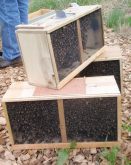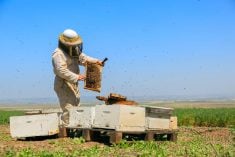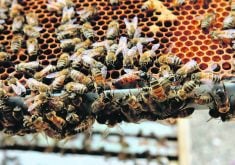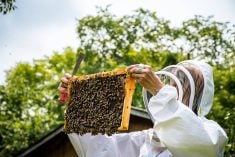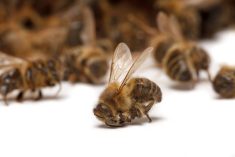Last winter gave another sting to the beekeeping sector.
Honey yield data in the annual fall survey indicates production was down in 2022, which the sector has blamed on severe winter stock losses.
Why it matters: Honey prices remain high but winter losses reported early in 2022 left an unfortunate legacy when it comes to yield.
Read Also
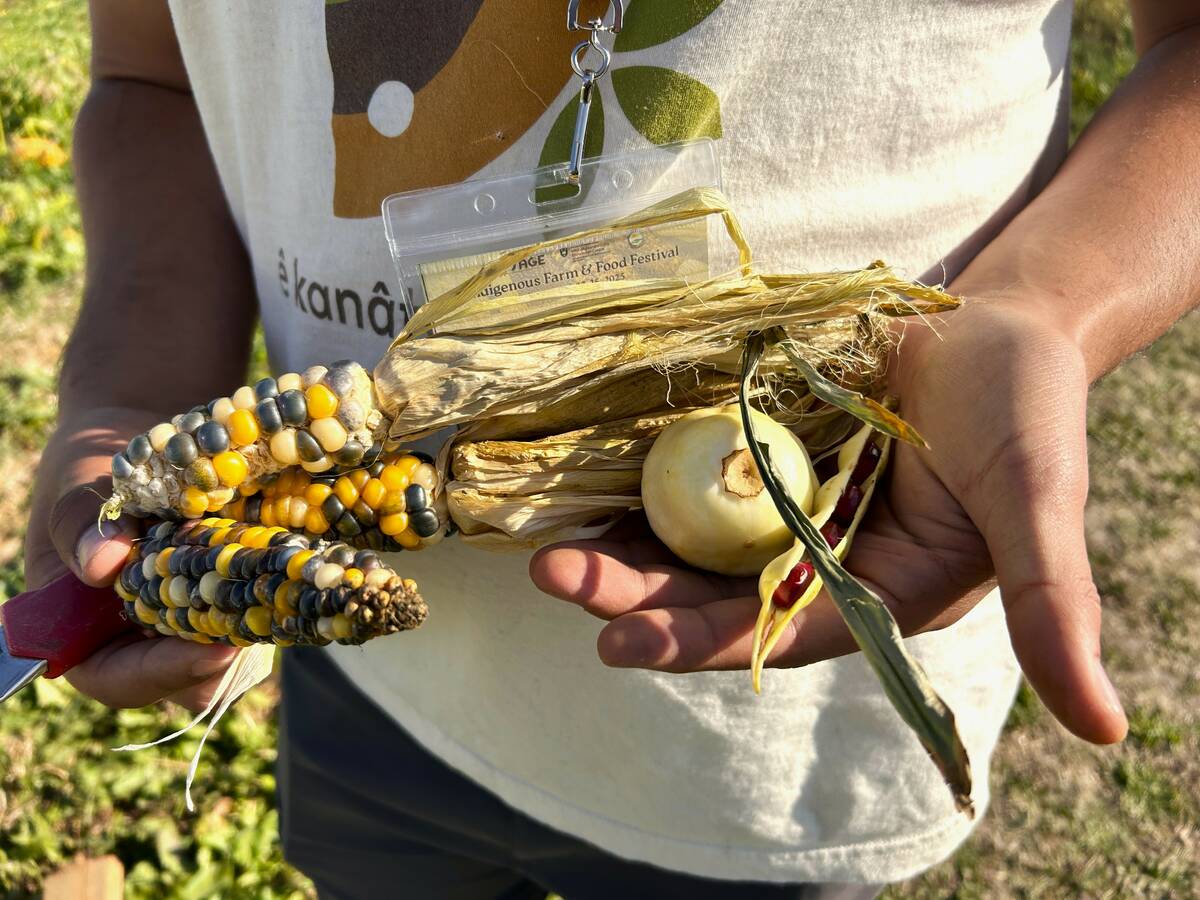
Regenerative practices meet Indigenous knowledge on the Prairies
What do traditional Indigenous agricultural practices and regenerative agriculture have in common? Quite a lot it turns out.
Beekeepers averaged 148 pounds per colony, according to the provincial survey. In a normal year, they would expect 165 to 170 pounds per colony.
Those numbers are not catastrophically low, according to provincial apiarist Derek Micholson, but the average hides the gulf between the most productive and least productive operations.
Micholson has heard production numbers as low as 25 pounds per colony and as high as 290 for beekeepers with more than 50 colonies.
[RELATED] Expanding markets for Manitoba honey
“I think that general average figure of 148 pounds sort of tells the story of the year,” he said. “I think most beekeepers were more concerned this year with getting their actual hive numbers back up. The colonies that did come out of the winter, they were splitting those more heavily just to increase their hive numbers and, ultimately, that would have decreased production per colony.”
The numbers show concerns by Manitoba’s beekeepers earlier this year have been realized.
The Manitoba Beekeepers Association noted mounting winter loss reports in April. It forecasted a drop in honey flow if a significant number of producers were forced to split colonies, which puts bees’ energy into building numbers rather than producing honey.
“I think we ended the year beaten up but still standing,” said association chair Ian Steppler.
“The choice between producers was to either take what colonies they had left and build them up for the honey crop, even though they had less hives, or take that stock and break them down to replace their honey bee stock,” he said, adding the association is still determining how many producers chose which route.

Those that focused on bee numbers “pretty much forfeited the honey crop for the season,” Steppler said.
Manitoba saw Canada’s worst winter losses in 2022, according to a report from the Canadian Association of Professional Apiculturists. It put those losses at 57.2 per cent, well above the 45.5 per cent national average.
The national average, in itself, was bad news for both Canada’s beekeeping sector and Manitoba’s hopes for easily replacing stock. Losses last winter were almost twice the long-term average. From 2007 to 2021, Canada saw annual losses of about 25.8 per cent.
Manitoba producers found themselves fighting for replacement stock as national demand put a run on purchases of imported boxed bees. Local supply also felt the crunch, as producers leaned on normally saleable stock to make up their own losses.
[RELATED] Beekeepers to take second look at U.S. bees amid heavy loss
“There was definitely less colonies for sale in Manitoba and, I think, from elsewhere in Canada as well,” Micholson said.
Steppler noted that domestic bees were a “pretty hot commodity,” with an equally hot price.
Buying a hive this spring would have cost about three times the typical asking price, he estimated.
The issue stoked the fire behind a national push for the Canadian Food Inspection Agency to re-evaluate the ban on importing boxed bees from the United States. The national agency pumped the brakes on that trade in 1987 due to parasite risk including varroa mites.
The last CFIA risk assessment in 2013 also pointed to disease risks such as American foulbrood, pests like small hive beetle, risk of Africanized bee genetics and growing concern over the efficacy of varroa mite controls.
Parts of the honey sector have since argued that the nine-year gap means it’s time for another look.
The issue gained steam during the pandemic. Alberta was hit with the double whammy of serious winter losses and grounded air traffic that limited the import of boxed bees from New Zealand, Chile and Australia.
This year packages did arrive from those traditional sources, Steppler said, although many were snapped up by other areas of the country.
Micholson said a “good number” of imported bees made it to Canada this year that “were able to fill in some of the gaps.”
[RELATED] Honey optimism drops with drought
Co-operation at last
Producers who opted or were forced to split hives at least had a good season in which to do it. Summer was “very positive,” according to Steppler.
“Into June, we had some good weather. The beekeepers were able to get into their colonies to get the proper medications in and their feeding and were finally able to grow our colonies.”
The latter part of the year left most hives in good condition going into the winter, although Steppler noted producers are again looking at greater than normal issues with varroa mites.
Micholson said producers in general have recouped most of their losses, though Steppler said he has heard some still have half to 75 per cent of their normal counts.
The honey produced this year will see a strong market. Prices continue their high after spiking during the pandemic. Bulk honey prices sit around $3.05 a pound, Micholson said. Retail prices have climbed to about $4.50 a pound.
“That’s obviously helping the industry with lower production this year,” he said.
Last May, the beekeepers’ association celebrated prices up to $2.85 a pound, close to double the price in the previous year.




